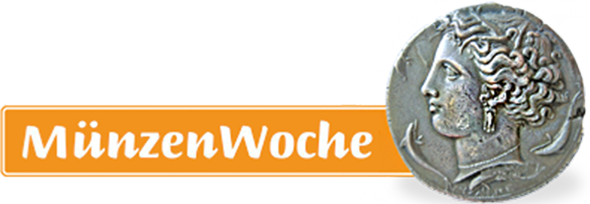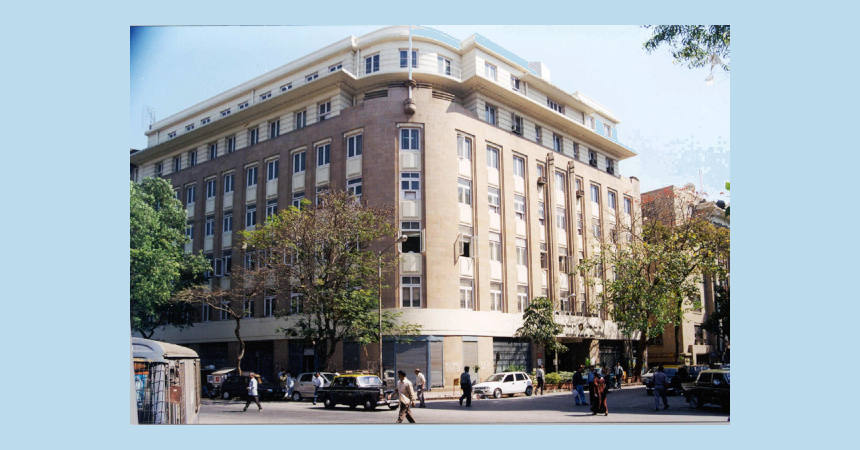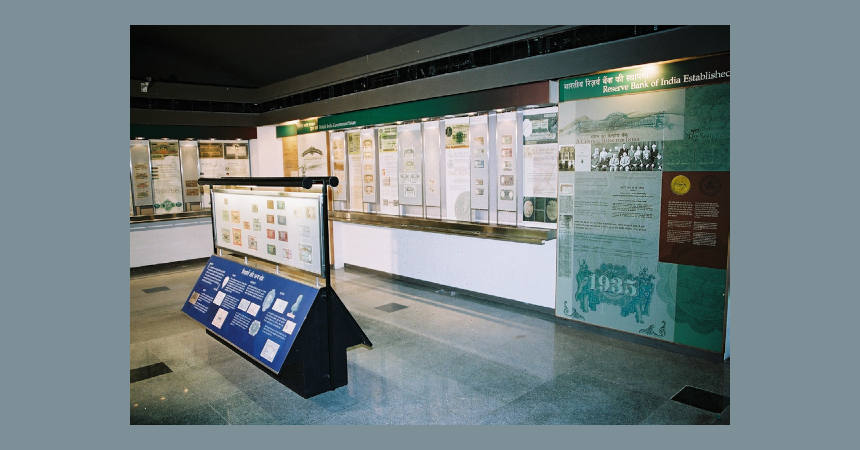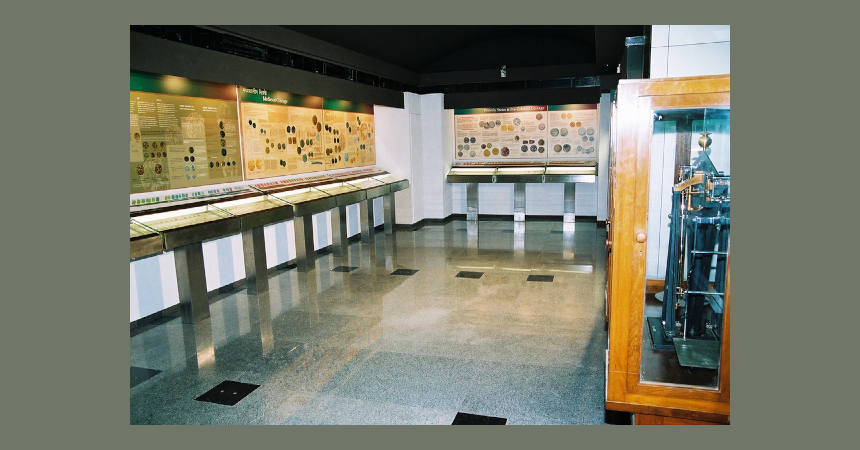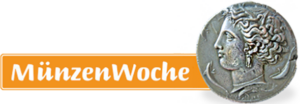Reserve Bank of India Monetary Museum
Wenn es kein Logo gibt, wird diese Spalte einfach leer gelassen. Das Bild oben bitte löschen.
(Dieser Text wird nicht dargestellt.)
Amar Building, Sir Pherozeshah Mehta
Road, Fort
Mumbai 400 001
Tel: +91 22 2261 4043
The Reserve Bank of India (RBI) in 2004 opened its Museum in the nearby Amar Building. The Museum has a collection of over 10,000 items of Indian coins, paper money, financial instruments, and numismatic curiosities. From these, over 1,500 items are on display to provide visitors with a view of India’s currencies, their growth, and their emergence of modern day money.
The Museum is divided into six galleries with graphic panels in English and Hindi that explain the evolution of money in India and the RBI’s role as the nation’s central banker.
Ideas, Concepts, and Curiosities
This first gallery shows how money has changed in both appearance and substance and evolved from barter to coins to the present-day banknotes and e-money. On display are forms of money in various shapes, sizes, metals, as well as miscellaneous curiosities including some of the world’s smallest coins. Exhibits range from a neolithic axe to stored value cards. Here, visitors rediscover the many names of money, some of which are no longer used.
Coinage
Visitors see a glimpse of the ancient punch-marked coins from the Gandhara, Avanti, Mauryan, and Magadhan empires that date from as early as the 6th century BC to coins of the present. Also on display are coins that represent the periods of India’s ancient era, Medieval period, Princely States, regional powers, Indo-European companies (Portuguese, Dutch, Danish, French), British India, and the regular and commemorative coins of the Republic. The coins illustrate the rise and fall of empires, the evolution in art forms, and the advances in minting technology. There are also two interactive kiosks that can be used by visitors to check their numismatic knowledge.
From Coins to Paper Money
Here, visitors see the journey from coins to paper money. Also demonstrated is how society began accepting tokens of money in lieu of actual money, and how the concept of “Promises to Pay” originated. There is also a section devoted to “hundies”—the equivalent of checks used by India’s indigenous bankers.
Know Your Currency
This gallery aims to spread public awareness about how currency is managed in India, the journey of the coins and banknotes from minting or printing to their destruction, and the features of the contemporary Mahatma Gandhi banknotes—the series released starting in 1996.
Also in this area is a large paper money display with India’s paper money dating back to the late 18th century. Shown are those notes issued by private banks, like the Bank of Bengal and the Bank of Bombay, British India notes with hand-made paper, and the Bank of Madras. There are also representative notes from the Princely States, like Hyderabad, and other territories, like Goa. In addition, on display are a variety of promissory notes, bills of exchange and checks as well as the entire range of Republic of India banknote issues.
Banking, RBI and You
These last two galleries provide visitors a glimpse of the functions of India’s central bank, its role in the economy, and how it touches the day-to-day life of the common man. The Mumbai branch of the Government of India Mint is located around the corner on Shahid Bhagat Singh Road.
This text was written by Howard M. Berlin and first published in his book Numismatourist in 2014.
You can order his numismatic guidebook at Amazon.





